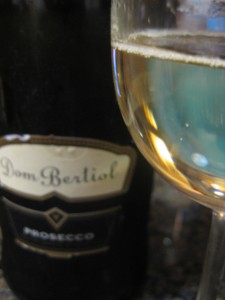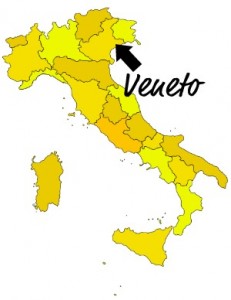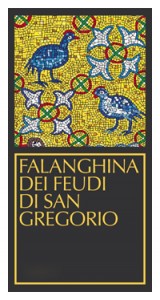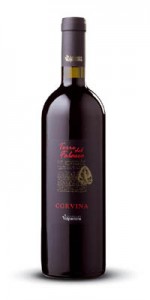
Third Grade is Tough
Sometimes it’s too easy. Last week you could have tricked me as easily as a second grader with 52 card pick-up or a third grader with the Pen 15 club. Maybe today’s kids are smarter (*shakes fist*) but back in the day, it was tough on the mean streets of suburban Michigan. You had to be ready.
Grape Confusion
But last week you could have tricked me. “What grape is in Prosecco?” Hmmmm… ummm… not really sure, maybe, some obscure Italian one? Bzzzz – wrong. Turns out Prosecco is made from… (wait for it)… Prosecco. Color me incredulous but wow, that’s just too easy.
Italy’s Bubbly
The Prosecco I thought I knew was this bubbly Italian wine that’s cheaper than Champagne, more straight-laced than Cava and loads up on the bite for winos (like me) who love the green apple tart. Prosecco’s the ultimate party gift – tasteful in every large gathering of humans (except the funeral). Even then, maybe you read the obituary with great pleasure. Sneak in a flask.
Señores Zapatos
Come last week though, it was birthday time. And the Señores Zapatos indulged, bringing with them a bottle of this obscure, never before known grape called — Prosecco. Sadly, we drank it almost before the sun left the balcony and another bottle is the one featured above.
Joan “Prosecco” Rivers
But about Prosecco and the fizzy, citrus-intense wine it produces. Up until 2009, you could go around calling the grape “Prosecco” to your hearts content and Europeans wouldn’t mind – they’d just think you were talking to yourself. Today, they mind. In 2009, Prosecco got a make-over in the Joan Rivers kinda way, going from a lovely classic figure to a mildly frightening Joker. Now, Europeans call it Glera, something more akin to paint thinner than a white grape that makes terrific bubbly wines.

Pen 15 Club
Fortunately, this blog isn’t subject to the whims of the EU or cosmetic beauty, and Prosecco still reigns as the name of the grape as it has since last Saturday when this wino discovered that the Pen 15 club is not an exclusive third grade club. In fact, 52% of the world at birth belongs to this “exclusive” club. Knowledge is power Reading Rainbow followers – Prosecco, Italy’s Pen 15 club.
Taste
Clean, crisp, green apples, white flowers – pretty much what you’re expecting when you head into a store looking for a Prosecco for your next wedding/birthday/Tuesday/Thanksgiving/quinceañera. Ok, don’t bring it to the quinceañera – even the kids know that uncle’s not cool.
Detail Up!
Dom Bertiol Prosecco from Treviso in Veneto, Italy
Google Randoms:
* Age Prosecco and shame yourself – this wine’s for drinking and drinking young.
* One bottle for $20 or two bottles for $10 – those are your choices when drinking Prosecco.
* Bellini? Mimosa? You’re drinking Prosecco. Only the chef gets champagne in her Mimosa. Nobody gets champagne in a Bellini – that one’s always Prosecco.



